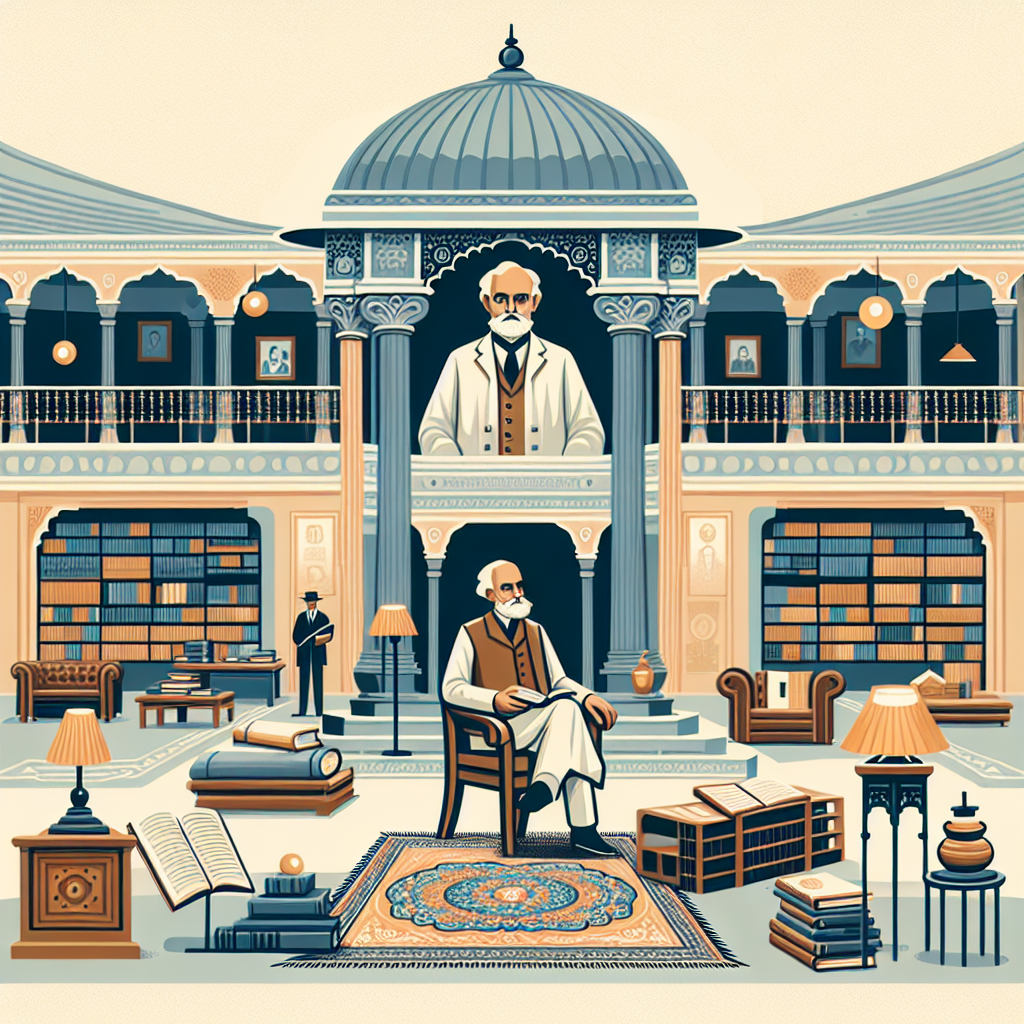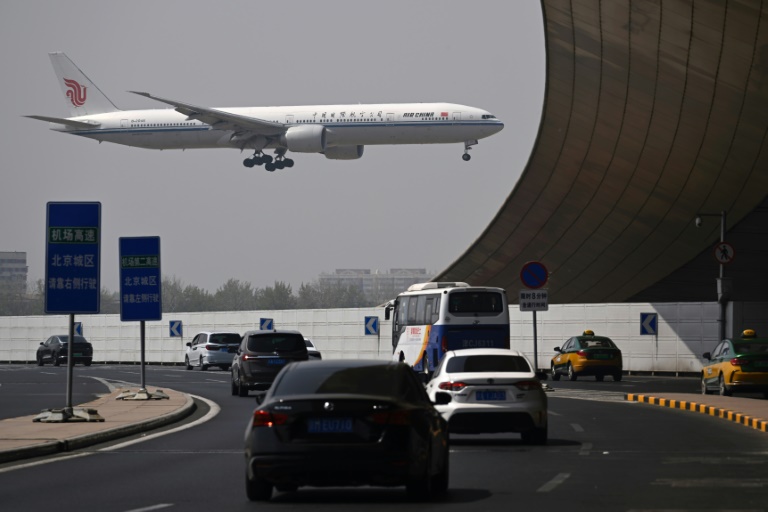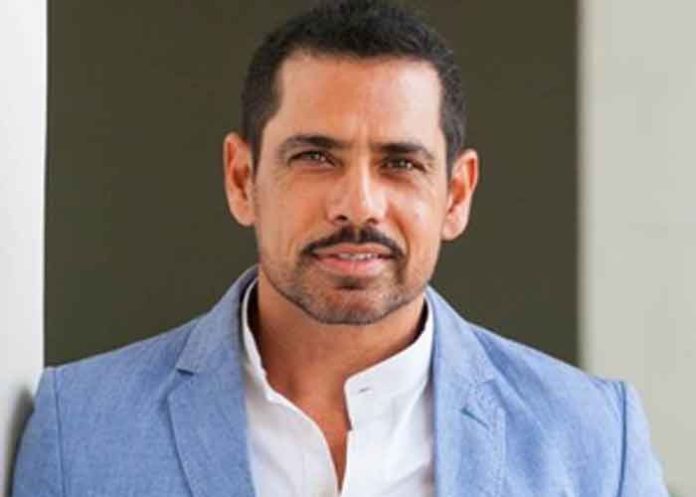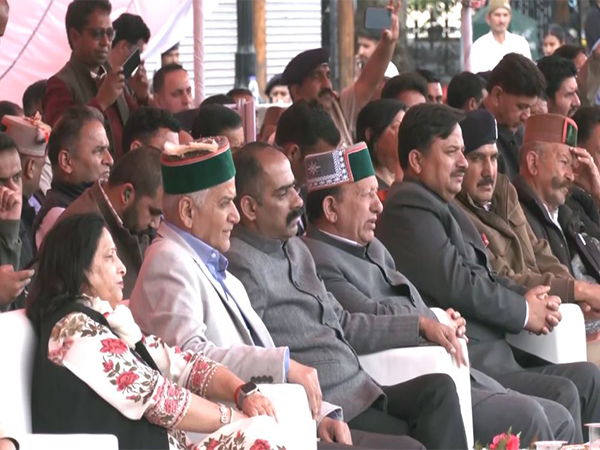Joint venture between Lucky Cement, Fatima Fertilizer, and Liberty Mills found the new reserves, at a site near other active mining projects In a remote and arid stretch of Baluchistan’s Chagai district — known to most Pakistanis as the site of the country’s 1998 nuclear tests — something unexpected has emerged from beneath the desert soil. This time, it’s not the detonation of a nuclear device that has captured national attention, but the quiet discovery of significant copper and gold mineralization. Earlier this month, a joint venture company called National Resource (Pvt) Limited (NRL) — owned equally by Lucky Cement, Fatima Fertilizer, and Liberty Mills — announced that it had struck mineral wealth in a promising greenfield site called Tang Kaur.
Located within Chagai, the same geologically rich region that hosts Pakistan’s fabled Reko Diq deposit, the Tang Kaur discovery could mark the start of a new chapter in Pakistan’s long-stalled resource economy. With drill holes showing strong mineralized zones up to 148 meters long and copper-equivalent grades of up to 0.56%, the find is still in its early days — but the market has already taken notice.

Chagai’s global fame was cemented in May 1998, when Pakistan conducted its first nuclear tests at the Ras Koh Hills. The tests were symbolic of sovereignty and strength — but the region’s economic potential has always lain in its geology. For decades, geologists have known that Baluchistan’s Tethyan Belt, stretching from Iran through Pakistan and into Afghanistan, holds some of the richest copper-gold porphyry systems in the world.
The massive Reko Diq deposit, now being developed by Barrick Gold, sits within this belt. But Tang Kaur’s discovery indicates the possibility of multiple satellite deposits that could transform Chagai from a dormant asset into an engine of mineral wealth. NRL’s exploration license, granted in late 2023, covers an area containing 18 potential prospects.
Tang Kaur is the first to show promising results, with 13 drill holes all intersecting significant mineralization. The company plans to initiate resource drilling shortly. A technical report by an international consultant is expected by year-end, to be followed by a bankable feasibility study over the next three to four years.
The project’s shareholder mix is notable. Lucky Cement, one of Pakistan’s most diversified industrial groups, is leading the charge. Its partner, Fatima Fertilizer, has shown increasing interest in energy and resource sectors.
Liberty Mills, a textile powerhouse, brings deep domestic capital. Together, they represent a rare convergence of private sector muscle behind mining — a sector long marred by state-heavy mismanagement and bureaucratic deadlock. Tang Kaur’s discovery sits just kilometers from the site of one of Pakistan’s most contentious mining sagas — Reko Diq.
That deposit, containing an estimated 50 million ounces of gold and 10 billion pounds of copper, has been at the heart of a two-decade legal battle between the Government of Pakistan and international mining giants. The original contract was terminated in 2011, leading to an arbitration case and a massive $6 billion penalty imposed on Pakistan by the World Bank’s ICSID tribunal. A recent settlement allowed Barrick Gold to resume development under a revised structure — but scars remain.
Even now, concerns about transparency, local equity, and environmental protections continue to dog the conversation around mining in Baluchistan. Indigenous Baloch communities remain skeptical, often citing the region’s past experiences with exploitation and neglect. Against this backdrop, NRL’s announcement is being watched closely.
While the company has signed an MoU with OGDC for joint exploration and is working with the Government of Baluchistan and the SIFC to secure additional licenses, it faces the same set of political, social, and environmental challenges that have tripped up giants before it. What makes this discovery particularly timely is the global context. Copper, often dubbed “the new oil,” is a critical mineral in the clean energy transition.
It is indispensable in electric vehicles, wind turbines, solar panels, and power transmission. And as the world races toward electrification, demand is set to surge. According to S&P Global, the world will need to double its copper production by 2035 to meet energy transition targets.
Yet few new large-scale mines are coming online — constrained by years of underinvestment, permitting delays, and rising costs. This has led to a quiet global scramble for copper. With large deposits mostly tied up in Latin America, Africa, and a few parts of Asia, countries like Pakistan are suddenly back on the map — not just for their potential, but because the world is running out of alternatives.
The copper-gold intersection adds another layer of value. Gold provides a financial buffer against volatility, making copper-gold deposits more attractive to investors. As countries seek to “friend-shore” or “de-risk” critical mineral supply chains, countries like Pakistan — with a favorable geological footprint and a need for foreign capital — find themselves at a potential inflection point.
If developed prudently, Tang Kaur — and others like it — could form the backbone of a new export revenue stream for Pakistan, long tethered to textiles, remittances, and commodity imports. Reko Diq alone is projected to contribute $10 billion in annual export earnings at peak production. Even if Tang Kaur turns out to be just a fraction of that, it would still represent a transformational opportunity — especially for a country struggling with chronic current account deficits and a narrow export base.
Moreover, a functioning mining sector could create a cascading impact: from infrastructure development and job creation, to local supply chain formation and technology transfer. And with Pakistan’s Special Investment Facilitation Council (SIFC) now actively courting global capital into mining, there appears to be both political alignment and institutional will to support it. Despite the optimism, NRL’s discovery remains early-stage.
Feasibility, financing, logistics, and social license are all unresolved. The terrain is difficult. Water is scarce.
Power supply is unreliable. Community consent cannot be assumed. Past experiences in Baluchistan suggest that resource nationalism, legal ambiguity, and mistrust can quickly derail even the most promising ventures.
And given Pakistan’s macroeconomic fragility, investors will demand stability before committing billions. Yet, for perhaps the first time in years, the story isn’t about what could have been lost — but what could still be built. From nuclear legacy to mineral future, Chagai now stands at a strange intersection of symbolism and opportunity.
The very mountains that once echoed with atomic defiance may soon reverberate with the hum of drilling rigs and the clatter of ore trucks. Tang Kaur may not yet be a national treasure. But it is a signal — that Pakistan’s subsurface still holds promise, and that the world might finally be ready to listen.
The ground, once again, is speaking. The question is whether we are ready to hear — and act. Save my name, email, and website in this browser for the next time I comment.
Δ document.getElementById( "ak_js_1" ).setAttribute( "value", ( new Date() ).
getTime() );.
Top

Copper and gold mines at Chagai: what it could mean for the mining sector

Joint venture between Lucky Cement, Fatima Fertilizer, and Liberty Mills found the new reserves, at a site near other active mining projectsThe post Copper and gold mines at Chagai: what it could mean for the mining sector appeared first on Profit by Pakistan Today.











